Editorial
Troubled waters
Extreme rainfall over much of Nepal has caused significant damage and suffering these past few days. According to the Home Ministry, at least 32 people have been killed in floods and landslides this past month, and scores are missing.
Extreme rainfall over much of Nepal has caused significant damage and suffering these past few days.
According to the Home Ministry, at least 32 people have been killed in floods and landslides this past month, and scores are missing.
Thousands of houses have been inundated. It is estimated that around 15,000 houses have been deluged in Saptari district alone, severely affecting around 50,000 people.
Large numbers of people in the Tarai districts have been trapped in floodwaters. Roads and other infrastructure have been damaged in a number of places.
Services have ground to a halt. Airports have been shut in places like Biratnagar due to severe flooding. Schools and other educational facilities have been similarly shut in Kathmandu and other places.
The government has taken a number of measures to limit further damage and aid flood victims.
The Flood Forecasting Division has advised the population to stay indoors and instructed district authorities to close schools, as more rainfall is expected.
The prime minister has directed all concerned ministries and security forces to launch rescue operations for those who are trapped in the floods.
Foreign Minister Krishna Bahadur Mahara requested the Indian government to open the sluice gates of the Koshi barrage to allow for the drainage of flood waters.
The Indian ambassador to Nepal has stated that this process has already started, though there were conflicting reports of how many Koshi and Gandak sluice gates were open, both of which are controlled by India. Security forces across the country appear to have already sprung into action.
As far as natural disasters go, floods during the monsoon are a relatively regular occurrence in Nepal, which gets most of its annual rain during monsoon.
However, floods over the past few days have been particularly intense and seem to be of greater magnitude than floods in recent years.
There is thus need for sustained vigilance in the days ahead, when we can expect more rain. Furthermore, rescuing people from the floods will not be enough.
The water will recede, but will leave widespread destruction and suffering in its wake.
There will then have to be a systematic effort at relief provision and reconstruction of damaged infrastructure.
In recent years, Nepal and its development partners have invested great efforts in Disaster Risk Reduction efforts.
Nepal now has the experience of responding to a catastrophic earthquake. Relevant policymakers should take lessons from such efforts when it comes to planning for flood relief and reconstruction.
The mistakes made during the initial days after the earthquake should be avoided. It already appears that government intervention after the floods has been swifter than after the earthquake.
But there is much that remains to be done. For one, various government agencies have to ensure that there is far greater coordination in rescue and relief than during the immediate aftermath of the 2015 earthquakes.




 10.12°C Kathmandu
10.12°C Kathmandu



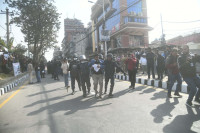

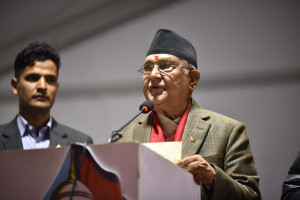
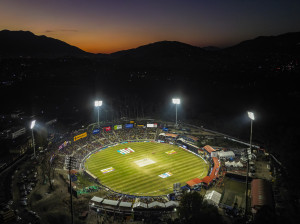
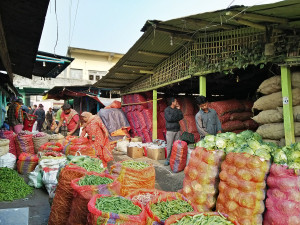
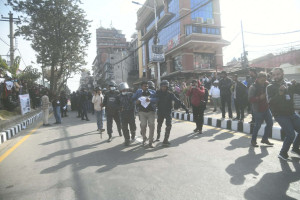



%20(1).jpg&w=300&height=200)

